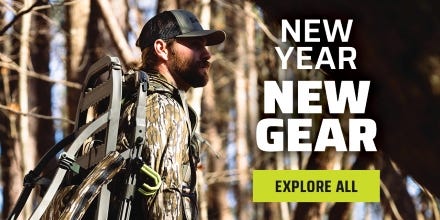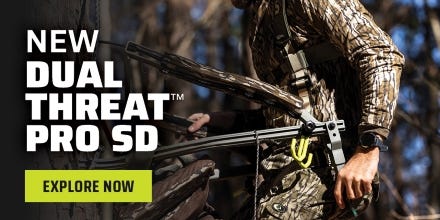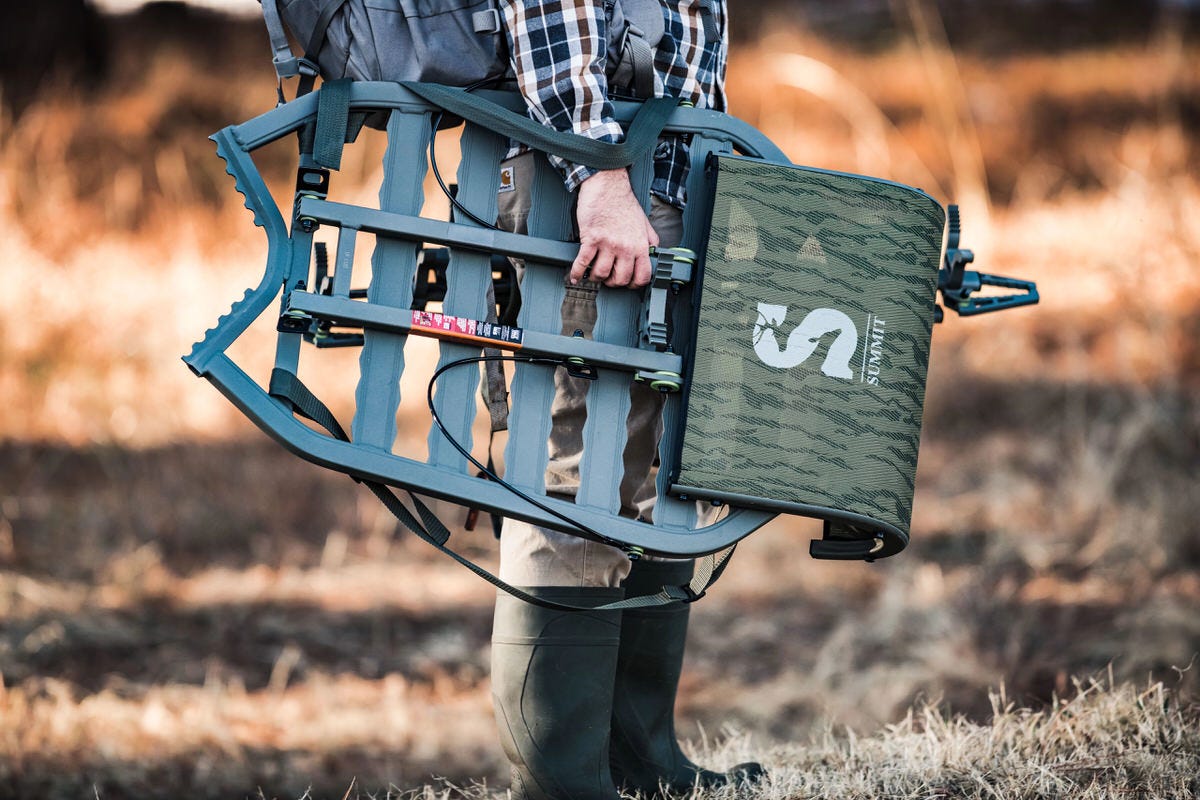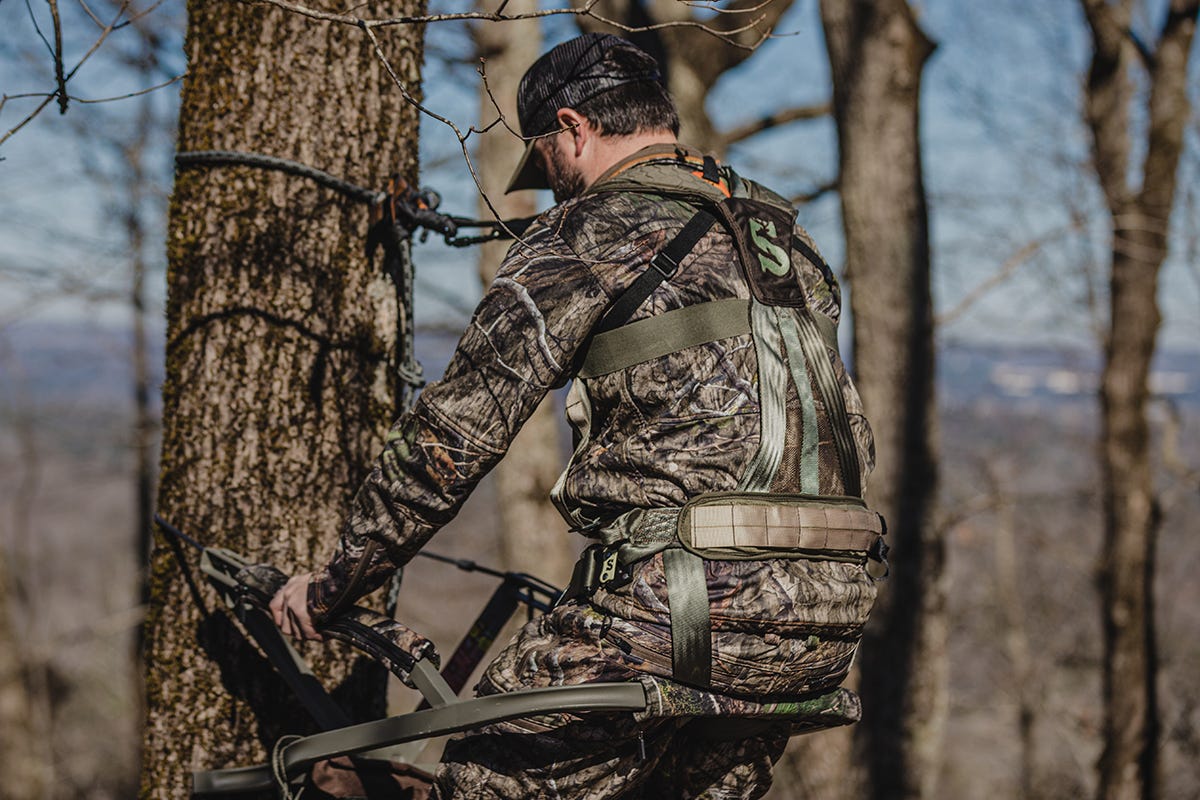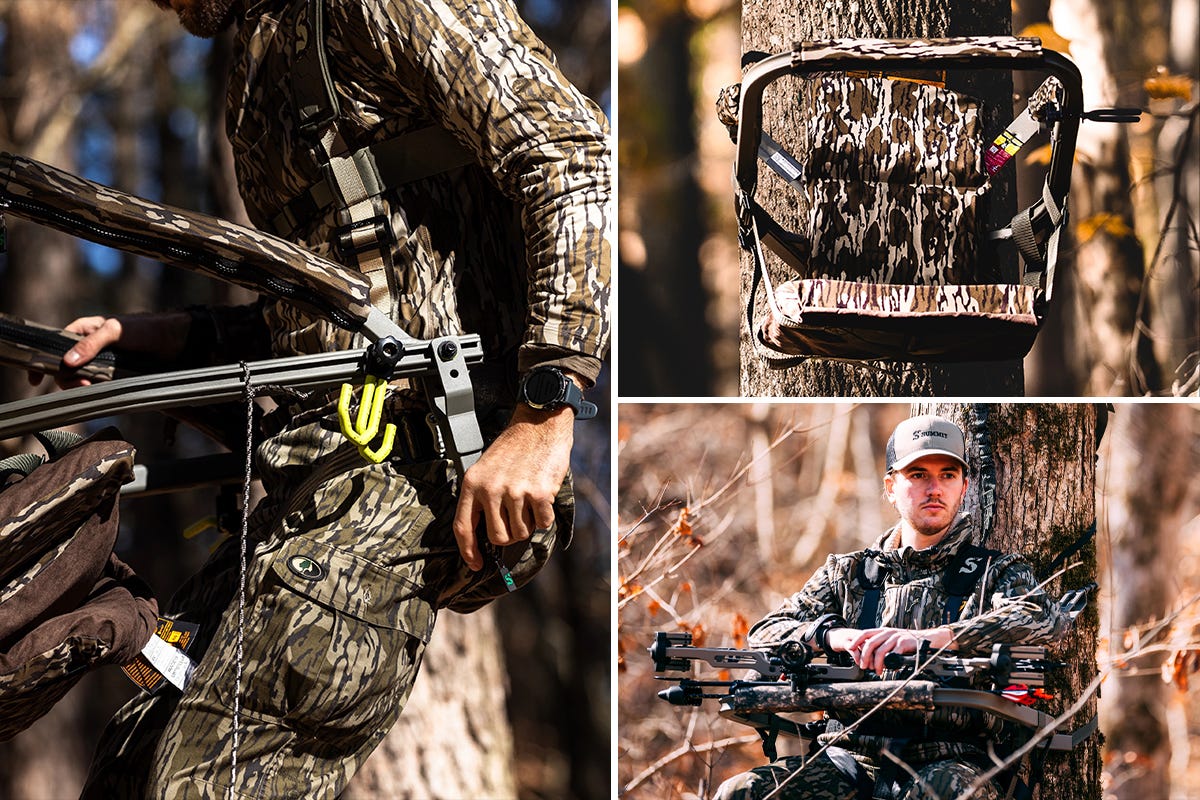- May 14, 2015
7 Secrets For Yearlong Success
Utilize these hard-hitting tips to transform an ordinary hunting area into a target-rich environment this season.
Failing to plan is essentially the same as planning to fail. When it comes to consistently tagging top-heavy giants, this popular adage is definitely true to its word. Shot opportunities at big bucks don’t come easy and that’s exactly why you better start planning and taking the right steps now. The following tips and deer management tactics will dramatically increase your chances of tagging wall hangers on your property throughout the entire season.
Step 1: Provide Yearlong Nutrition
If you want your hunting property to reach its full potential, then you need to make sure your deer have no reason to ever leave or wander off. A great way to keep more whitetails at home is to provide yearlong nutrition and consistent food sources. If possible, growing several large, or small, food plots that can be rotated between warm and cool season plantings is really the way to go. Deer that have multiple choices and easy access to consistent food sources are less likely to visit your neighbor’s property and get shot. With the smaller home range of bucks in the summer months, spring and summer food plots will amplify your chance of patterning a deer during bow season. Providing sufficient fall food plots can draw deer and provide food sources when energy is being burned during the rut and nutrtion is needed for a healthier heard in the colder months.
Step 2: Construct Watering Holes
During the hot summer months and early segments of deer season, water can be the lifeblood of your property. This is especially true during droughts or periods of extreme heat. Adding a small pond is definitely a good option that will provide a consistent water source. If you want to save some money, you can also construct several strategically located small watering holes that are surrounded by adequate cover. Plastic kiddy pools or metal livestock watering wells can be placed in the ground near locations you would like to hunt. Both will hold and collect rainwater or you can manually fill these during droughts or periods of limited rainfall.
Step 3: Plant Ambush Plots
Large food plots or agricultural plantings will definitely help you attract and hold more deer on your property. However, growing several small ambush plots near or even along the edges of thick bedding cover can be a deadly and productive hunting strategy. Planting clover or shade-tolerant food plot mixes that are easy growing and surrounded by cover will increase your chances of connecting with a tough nocturnal buck. These ambush plots also need to be placed in areas that you can reach, hunt and exit without bumping deer in the process. 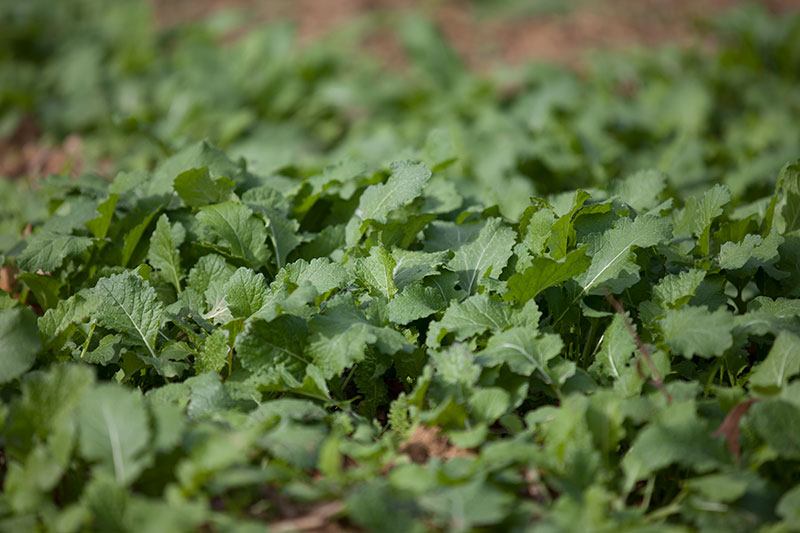 Step 4: Add Attractants
Step 4: Add Attractants
Whitetail attractants such as salt blocks, mineral licks, tripod feeders, like the Moultrie Deer Feeder Elite Tripod, and other small additions are another way to help draw and keep more deer on your property (be sure to abide by your local laws and regulatinos as they pertain to feeding). Adding these attractants in-between established food plots and bedding locations is a high-impact hunting strategy when used correctly. It essentially enables you to create your own staging areas where mature bucks will temporarily hang out before going to feed or returning to bed, which will ultimately generate more shot opportunities. Plus, monitoring these attractant sites with game cameras is an effective tactic for quickly pinpointing and patterning a good buck.
Step 5: Direct Traffic
When growing food plots or agricultural crops in large fields, it can be extremely difficult to figure out exactly where bucks will enter and exit these feeding sites. In order to narrow the possibilities, try planting paths of clover or a shade-tolerant food plot mix. You can connect these trails from the larger primary food plot to possible bedding areas. These paths need to run through locations that you can access and hunt without disturbing deer. With this strategy, you can basically direct deer traffic and choose the best ambush points.
Step 6: Create Protected Sanctuaries
Once your deer have consistent yearlong food sources and adequate watering holes, it’s time to start thinking about cover. Areas that have overgrown thickets or large sections of dense cover are ideal places to create protected sanctuaries. These locations need to remain undisturbed and left alone throughout the entire hunting season. Sanctuaries that are off-limits will make mature whitetail bucks feel safe and secure, which helps keep them on your property and away from your neighbor’s land during periods of intense hunting pressure.
Step 7: Hang Multiple Stands
Limiting yourself to one or two stand locations can be a major mistake. For starters, a couple setups won’t allow you to effectively play the wind. Being winded a couple times from a particular stand will educate a mature buck in a hurry. In addition, hunting a handful of locations over and over enables bucks to pattern you, and they are likely to avoid these locations during the daylight hours. Hanging multiple stands and setting up several ground blinds throughout your hunting property will help keep you right in the middle of all the antler action. It is also imortant to get in and hang stands for bow season ealry. Some hunters also say you should consider hanging your rut stands early.
Consequently, there are a couple ways you can approach your deer season. You can basically hit the woods without an effective game plan and rely on occasional luck, or take steps that produce consistency. If the second option sounds better to you, then follow these seven steps and transform your hunting property into an antler-rich environment. All it really takes is a little extra planning and work to generate more close encounters with top-heavy bruisers.

